Changes and possible closures of renewable energy incentives in NI meant there was a mood of uncertainty among visitors to the annual on-farm renewable energy event at Greenmount last Thursday.
The biggest talking point was the proposed closure of the Northern Ireland Renewable Obligations (NIRO) to onshore wind projects from 1 April 2016.
This was announced by Department of Enterprise, Trade and Investment (DETI) Minister Jonathan Bell in September, after he had previously stated that NIRO would remain open for onshore wind, along with other renewable technologies, until 1 April 2017.
Speaking at the event on Thursday, Chris Osborne from the Ulster Farmers’ Union (UFU) said that the union is seeking legal advice on the matter. It believes there are grounds for a judicial review given that many developers committed money to renewable projects thinking they would become accredited under the NIRO in time. Some face significant financial losses after the early closure policy change was announced.
A two-week consultation on the proposal to close NIRO early received an unprecedented 475 responses, confirmed Michael Harris from the Department of Enterprise, Trade and Investment (DETI). The consultation ended on 14 October with the Department still working through responses before making recommendations to the minister, confirmed Harris.
The proposals include a one-year grace period from 1 April 2016 for onshore wind projects if they had planning permission, a grid connection offer and proof of land ownership or lease from 30 September 2015. A further one-year grace period, allowing projects to be accredited up to 1 April 2018, is allowed if projects have unforeseen delays related to grid connection or a radar works agreement.
Harris said that the decision to close onshore wind support a year early was to bring policy in NI in line with the rest of the UK. The Department of Energy and Climate Change (DECC) in Britain had informed DETI that any additional costs of keeping NIRO open in NI beyond 1 April 2016 would not be spread across the 27 million consumers in the UK, but borne by the 800,000 consumers who live in NI.
Grid connections
The concern for most developers will be getting a grid connection by March 2017 (assuming they are eligible for the one-year grace period) in order to become accredited under NIRO.
Michael Atkinson from Northern Ireland Electricity Networks (NIE Networks) said that there is a big push to maximise connections by March 2017, but that new applicants coming in now would be unlikely to get connected by then.
“For those applicants that have accepted grid connection offers, NIE Networks expects to deliver these by March 2017. This is in the order of 550 small-scale jobs under 250kW in size equating to 118MW,” he said.
Atkinson maintained that NIE Networks had been inundated with grid connection applications since August 2015, due to the fact that planning permission is no longer required before an application, plus the announcement of the early closure of NIRO for onshore wind projects. He said that connection offers now came with an approximate connection date.
He added that approximately 280 small-scale applications are on hold due to congestion issues in the electricity distribution system and are awaiting alternative connection methods. Managed Connection is one option that may be used. This restricts output when capacity limits in the network are approached. Implementation of this depends on the outcome of another consultation that closed in mid-October.
Targets
According to figures from DETI, 800MW (or 23%) of electricity generated in NI is from renewable sources and a further 500MW of renewable technologies, both large- and small-scale, are awaiting grid connection by 2017. The Strategic Energy Framework for Northern Ireland in 2010 set a non-statutory target of 40% of electricity from renewable sources by 2020.
In August, DECC announced that the feed-in tariff incentive in Britain would not be extended to new renewable projects in NI, something that many in the industry had assumed would happen here.
This has led Chris Osborne to openly question wither small-scale renewables have a future in NI. He said: “There does not appear to be any strategy from policymakers to develop renewables.”
He also reiterated the UFU’s stance of separating support for small and large-scale wind projects, stating that the cost of keeping NIRO open to 2017 for small-scale wind projects would be minuscule to NI consumers.
Osborne also questioned continued subsidies by the UK government to the fossil fuel sector, stating that these subsidies totalled £26bn in 2014/15, compared with only £3.5bn of subsidies for renewables.
Dairy farmer and agricultural contractor Donald Montgomery from Eglinton told visitors at last week’s renewable energy event that delays and additional costs can arise in the process of developing an anaerobic digestion (AD) plant.
His 500kW AD plant should be fully operational by the end of the month, after the project was hit with a number of delays.
The main point Donald made, particularly relevant for developers hoping to get accredited before NIRO closes, was that you have to be certain that the technology is the correct choice for your business. Initial expenditure soon means it would be a substantial loss to back out of the process. For example, the initial grid connection survey and planning permission for Donald’s project cost £6,000 and £4,000, respectively.
Planning permission for the AD plant on the Montgomery farm should have taken six to eight weeks but, instead, took over a year due to a number of objections. Donald mainly blames misinformation for this.
The deposit for the grid connection of 20% of total cost was paid in April 2013 and construction was due to begin in May 2014, but it did not start until September 2014. The grid connection has also been delayed, but will eventually be finished on 12 November with the plant fully operating by the end of the month. The cost of the grid connection initially was £80,000 but increased to £120,000.
“Having a technical consultant can be very useful as it is a completely different area for farmers and a steep learning curve. Getting the correct funder can be difficult due to the scale of the project and the level of detail in contracts. We ended up with a company based in Manhattan that we got through a broker in England,” he said.
Donald is aiming to make top-quality silage for the AD plant from well managed hybrid grass varieties to reduce the total amount of silage and acreage needed. He is aiming for slightly under one acre per kW of power, which is a quarter of an acre less than the average in NI.
RHI changes postponed
Changes to the Renewable Heat Incentive (RHI) will affect new non-domestic installations that have been installed and had an application submitted to Ofgem from Wednesday (11 November), a week later than originally planned, confirmed Seamus Hughes from DETI.
Uptake of RHI has been high within the poultry industry since 2012, and although it has been demonstrated that new installations of wood pellet boilers would still be economical for heating houses, many in the industry predict a reduction in uptake of the systems under the new tiered incentive.
Some think that the new incentive may see operators run new biomass boilers for only 1,314 hours each year to receive the higher RHI tariff of 6.4p/kWh for boilers between 19kWth to 199 kWth in size.
They will then switch back to gas heaters instead of heating with wood pellets for a tariff of 1.5p/kWh. This would mean operating boilers for 15% of the year, whereas many systems that operate under the original RHI, which is an uncapped flat-rate tariff, run for around 60% of the time.








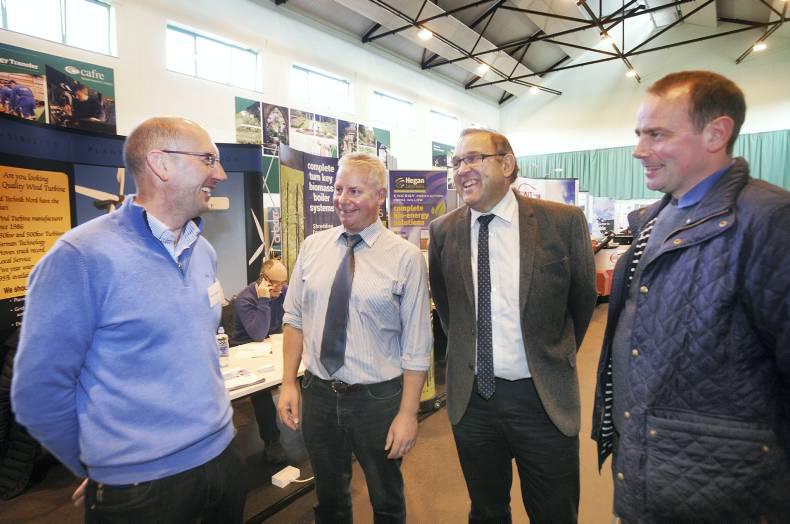
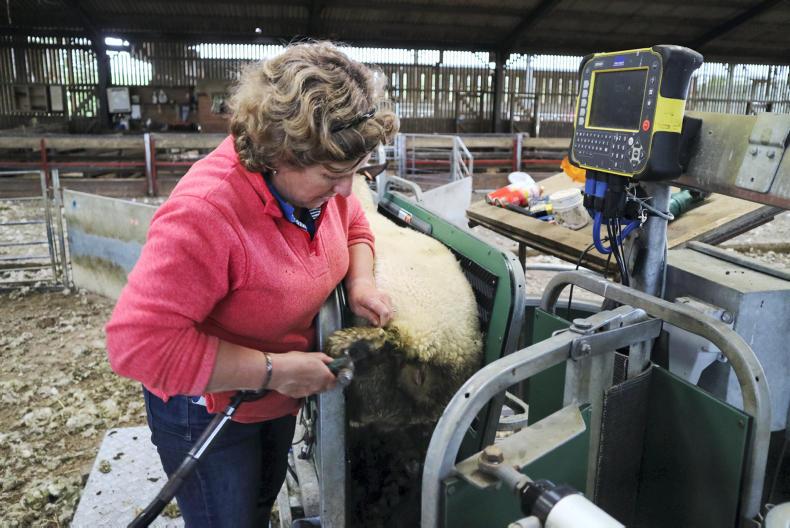

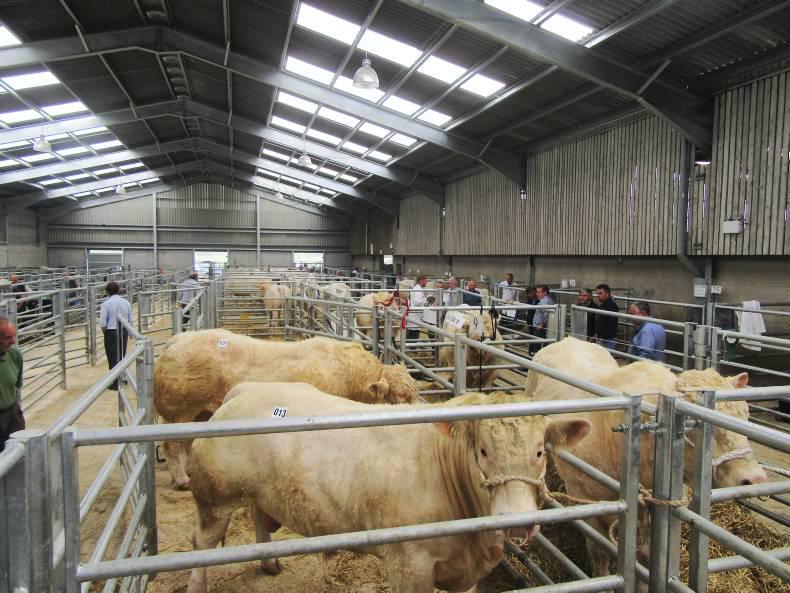
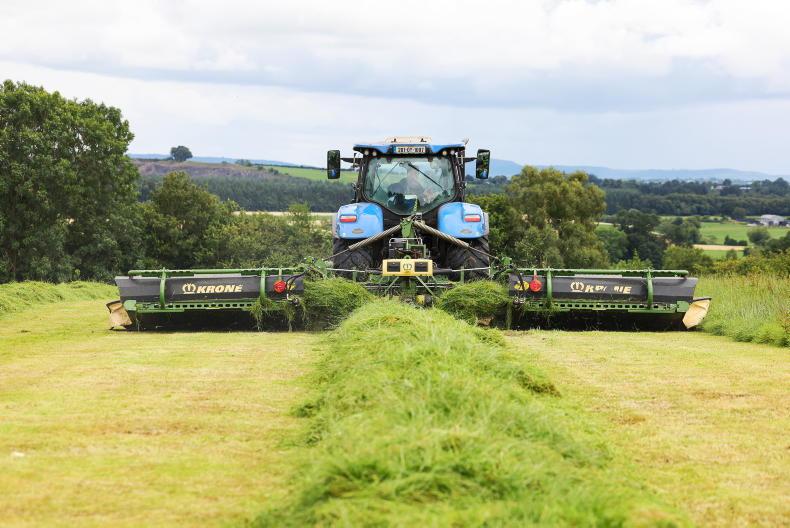
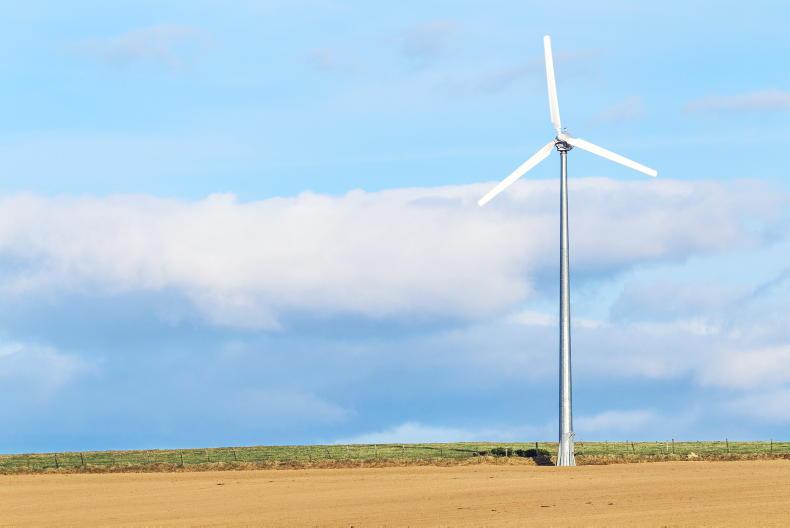
SHARING OPTIONS